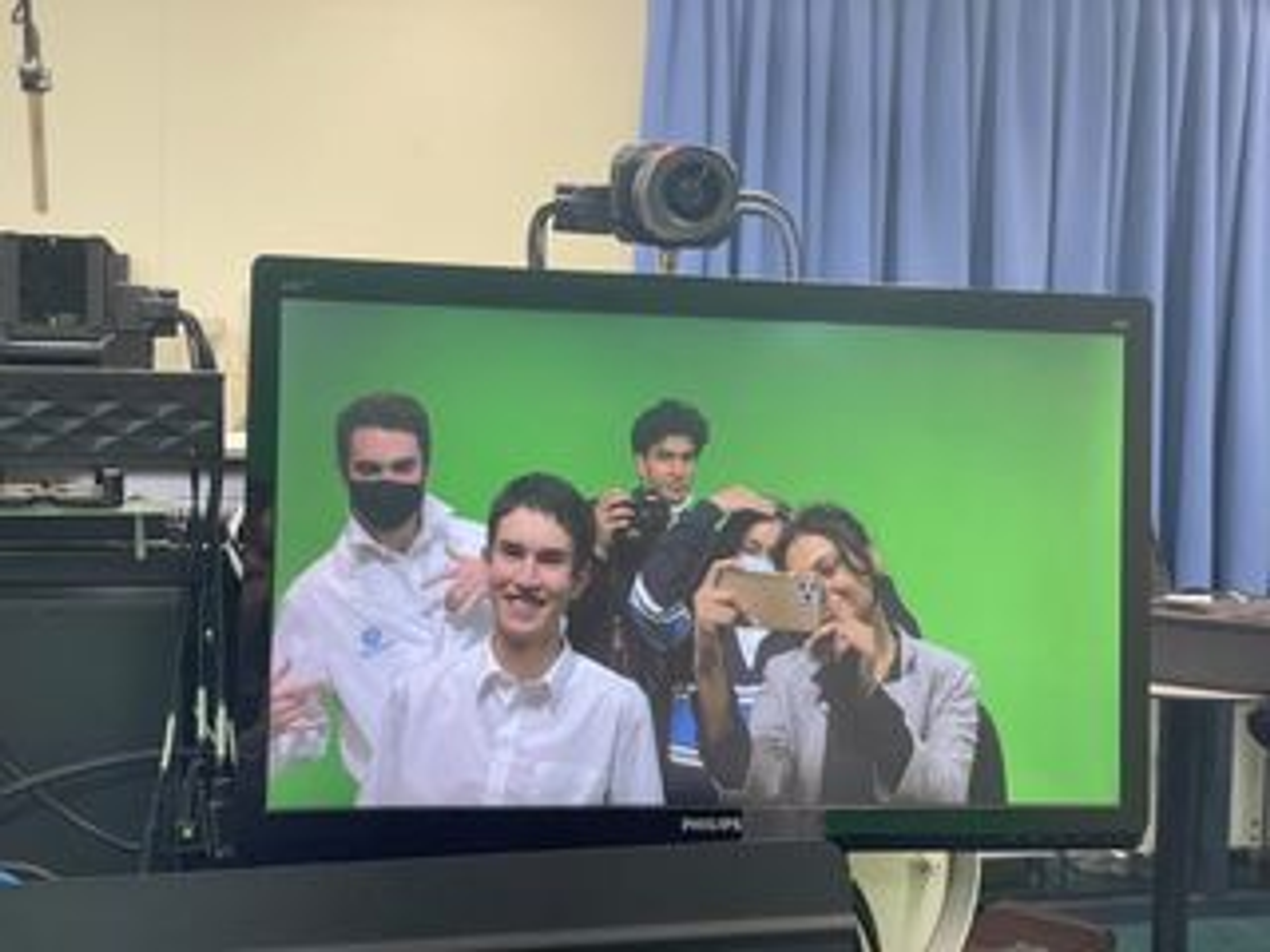Space Challenge

Really? Nothing at all?
We could hear the sighs of disappointment in each other’s eyes. Months of hardwork and collaboration had, seemingly, culminated in no form of recognition at all - not even the bare minimum. Even though we thought our pitch did have fairly solid research and decent production value, there seemed to be no acknowledgement of this, besides a simple pat on the back! Were we expecting too much? No, we simply desired the fruit - some fruit - that hard work typically promises, may that be just a little certificate.
“And for those three teams who have not gotten any special highlight awards,” Dr Sara spoke, with an edge of excitement that we couldn’t make sense of…
“...you guys - are our finalists, our top three teams. Congrats!”
Zarin exploded. Himalaya imploded. William probably thought of rats in his extreme joy. David punched the air. Lekha remained content in her charming manner. And Miss Grainger gave us a heartfelt grin. Now that edge of excitement made a whole ton of sense.
For we had arrived at a milestone in a journey we had all found so indescribably enriching and enjoyable - a milestone we could only have dreamed of. Ever since Lekha found this program six months ago, we have all been so grateful that she did - that she discovered the Swinburne Youth Space Innovation Challenge. On the Orientation Day in April, we were told this would be a semester-long program in which we had to complete certain mini challenges and develop a health-focused experiment as a team that could potentially be sent up to the International Space Station (ISS) and carried out there. Last minute additions. Rushing of signing papers. And a hurriedly-selected group of strangers. One thing was clear, this was gonna be a long and bumpy ride…
First came a six-week long part of the program in which we had to complete a ‘mini-challenge’ - a miniature research project of sorts - as a team every week. From learning about Titan as a potential habitable world, Lenz cylinders as space-debris-capture mechanisms to some Aussie space history and why talking zucchinis are quite useful; the sheer amount we learnt in this time was truly something out of this world. More importantly, we started discovering our passions as a team - with Zarin being the ebulent aspiring space doctor (flight surgeon), David being the fervent mathematician, Lekha and Himalaya being the Interstellar fanatics, William being a constant lover of lab rats and Miss Grainger being the most inspiring and supportive mentor there could ever be.
Time galloped ahead rather quickly, with an eagerness we also shared, towards the final stage of the program: developing the experiment. By the end of term 2, the time had finally come for us to start putting our heads together for the most important stage of it all.
It was after two weeks of extensive brainstorming and online meetings with one of the program coordinators, Dr Sara Webb, that we decided to explore the topic of spaceflight anaemia. What then faced us was a crunched timeline - in which we had just 6 days (not even a week!) to not only develop our experiment, conduct extensive research and create a PowerPoint, but also produce and submit a 5-7 minute long video pitch about it. And all of this done creatively. In short, a lot of work. None of us might have ever worked so hard on something before - we spent exactly two days developing the experiment, with William at the helm, two days writing and planning the pitch, with David and Himalaya at the helm, five days developing a digital logbook, with Zarin and Lekha at the helm, and a solid three hours filming the pitch (an honourable mention to Zarin as well for spending 4 hours stop-motion-animating a squirrel jumping over the earth). But - this would’ve all been impossible without the help of Mr Yohan Pereira, who very benevolently assisted us in the studio. In the end, Himalaya edited it all together and, a few minutes before midnight, we hit the submit button - and eagerly awaited our results on Pitch Day, which was to take place in four days.
Coming third in the state left us overwhelmed with joy. Not only was the journey of it all an enriching experience, but so was watching the other teams’ pitches; everyone’s ideas truly opened our eyes to what the limits to scientific creativity can be - that is, none at all. Words cannot describe how grateful we are for everyone who made this dream come true - including the wonderful Miss Grainger, the amazing Dr Denney, the program coordinators, Dr Webb and Dr Allen, and, of course, our one and only studio mentor, Yohan.
Our pitch can be found here: https://youtu.be/mUUm9e-QkAQ. Do watch till the end for Zarin’s super adorable and fantastic squirrel animation, for she did spend hours on it (instead of revising for methods)!
For anyone who’s into space and wants to have the experience of their lifetime - we definitely recommend the Swinburne Youth Space Innovation Challenge. We look forward to the end of term, when we will get to contribute - in some way - to the experiment that will be sent up to the ISS in January 2023. Thank you so much again to everyone who made this possible.
Till then, that’s all from us…
…JMSS Space Challenge Team Boss Babes for an Astronomical Cause (b2 - 4ac) signing out :)




